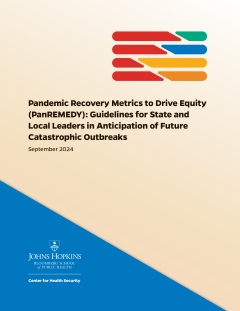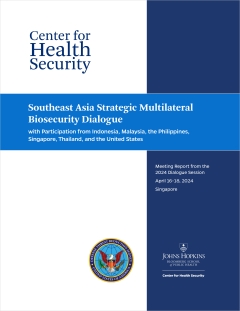
Our Work
Publications
Our publications keep professionals informed on the most important developments and issues in health security and biosecurity.
Showing 1 - 20 of 480 results


